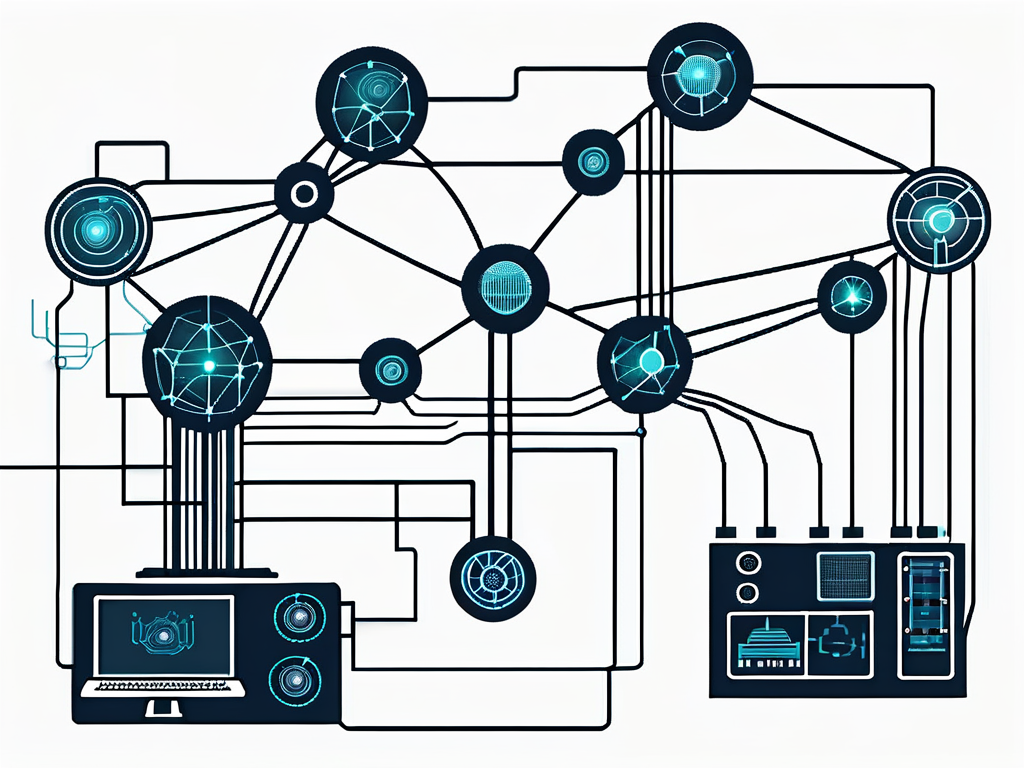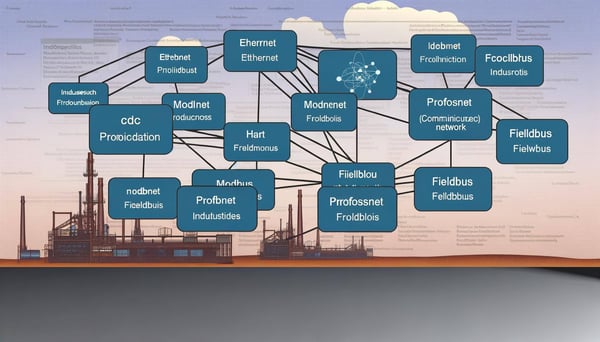
Fundamentals of TTEthernet
In the realm of industrial communication, protocols play a pivotal role in ensuring seamless and efficient data transmission. Among the myriad of protocols available, Time-Triggered Ethernet (TTEthernet) stands out due to its unique features and robust capabilities. This protocol is designed to provide deterministic real-time services for critical applications in aerospace, automotive, and industrial automation sectors.
Understanding TTEthernet
TTEthernet is an extension of the standard Ethernet, developed to meet the stringent requirements of safety-critical applications. It incorporates the concept of time-triggered communication, which is a paradigm that ensures precise and predictable data transmission. This is achieved by scheduling the transmission times of messages in advance, thus eliminating the uncertainties associated with event-triggered communication.
One of the key advantages of TTEthernet is its ability to support mixed-criticality systems. It allows the coexistence of time-triggered (TT), rate-constrained (RC), and best-effort (BE) traffic in a single network. This flexibility makes TTEthernet an ideal choice for systems that require a mix of critical and non-critical applications.
Time-Triggered (TT) Traffic
TT traffic refers to the transmission of data at predefined time intervals. This type of traffic is used for applications that require deterministic communication with strict timing requirements. TT traffic is scheduled and has the highest priority in a TTEthernet network.
Rate-Constrained (RC) Traffic
RC traffic is used for applications that require bounded latency but can tolerate some degree of jitter. This type of traffic is not scheduled but has guaranteed bandwidth and bounded latency. RC traffic has a lower priority than TT traffic but higher than BE traffic.
Best-Effort (BE) Traffic
BE traffic is used for applications that do not have strict timing requirements. This type of traffic is not scheduled and does not have guaranteed bandwidth or bounded latency. BE traffic has the lowest priority in a TTEthernet network.
Key Features of TTEthernet
TTEthernet is packed with features that make it a robust and reliable protocol for industrial communication. These features are designed to ensure the highest level of performance, reliability, and safety.

One of the standout features of TTEthernet is its fault-tolerance capability. The protocol incorporates redundancy management techniques to handle faults and ensure uninterrupted communication. It supports various redundancy modes, including hot standby, cold standby, and diverse path.
Fault-Tolerance Capability
In a TTEthernet network, fault-tolerance is achieved through redundancy. The protocol supports multiple redundancy modes to ensure that communication continues even in the event of a fault. This feature is crucial for safety-critical applications where any disruption in communication can have severe consequences.
Integration of Different Traffic Types
The ability to integrate different traffic types in a single network is another key feature of TTEthernet. This feature allows for the coexistence of TT, RC, and BE traffic, enabling the implementation of mixed-criticality systems. This integration not only enhances the flexibility of the system but also improves its efficiency by reducing the need for separate networks for different traffic types.
Applications of TTEthernet
The unique features and capabilities of TTEthernet make it suitable for a wide range of applications. It is particularly beneficial for safety-critical systems in various sectors, including aerospace, automotive, and industrial automation.

In the aerospace sector, TTEthernet is used in flight control systems, avionics data buses, and other critical applications. It ensures deterministic communication, fault-tolerance, and high reliability, which are essential for the safe operation of aircraft.
In the automotive sector, TTEthernet is used in advanced driver-assistance systems (ADAS), autonomous driving systems, and other safety-critical applications. It provides the necessary real-time communication and fault-tolerance capabilities required for these applications.
In the industrial automation sector, TTEthernet is used in process control systems, robotics, and other critical applications. It provides deterministic communication and high reliability, which are crucial for the efficient operation of these systems.
Conclusion
TTEthernet is a powerful protocol that brings the benefits of deterministic communication, fault-tolerance, and mixed-criticality support to industrial communication. Its unique features and capabilities make it an ideal choice for safety-critical applications in various sectors. As industries continue to evolve and demand more robust and reliable communication solutions, TTEthernet is poised to play a crucial role in meeting these demands.
Whether you are an engineer, a system integrator, or a decision-maker in the industrial sector, understanding the fundamentals of TTEthernet can help you make informed decisions and leverage the benefits of this robust protocol. With its proven performance and reliability, TTEthernet is set to shape the future of industrial communication.



